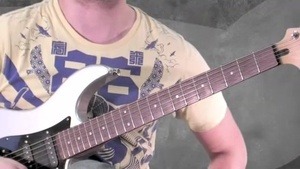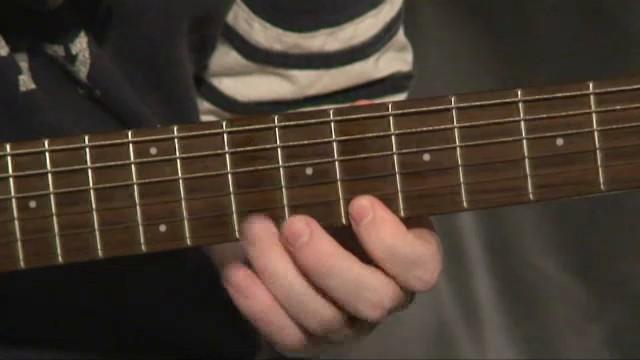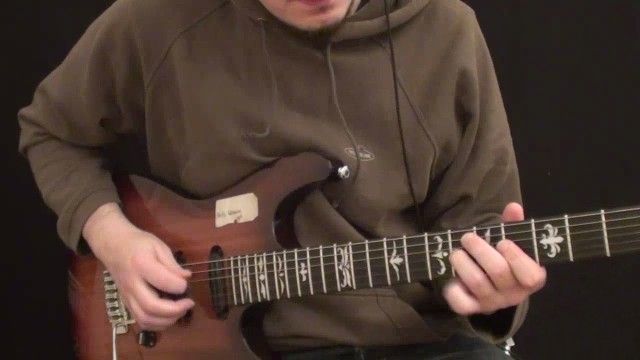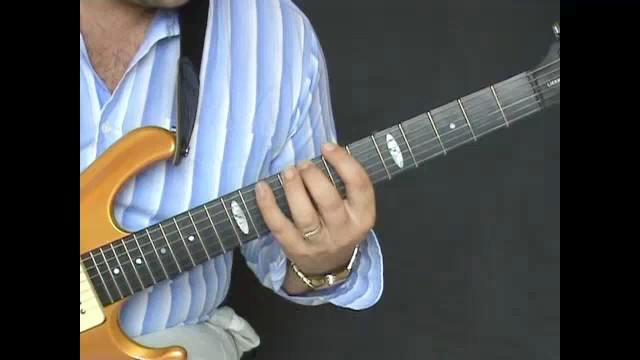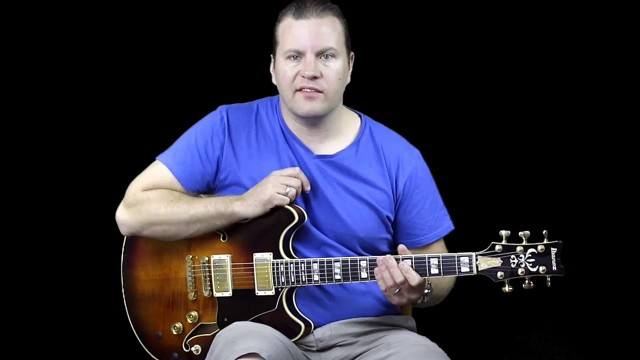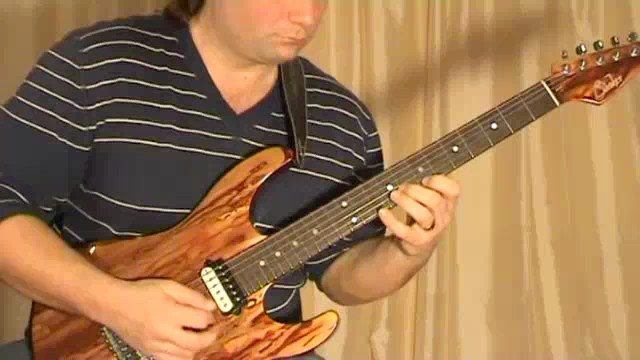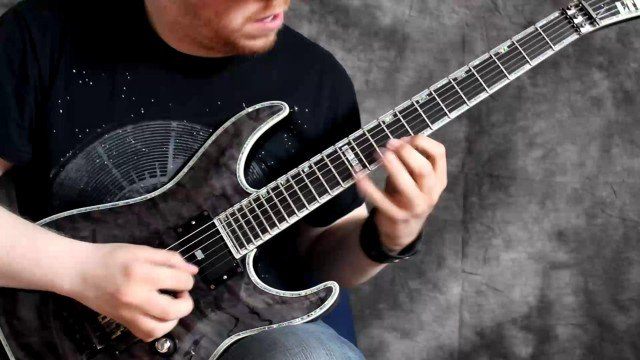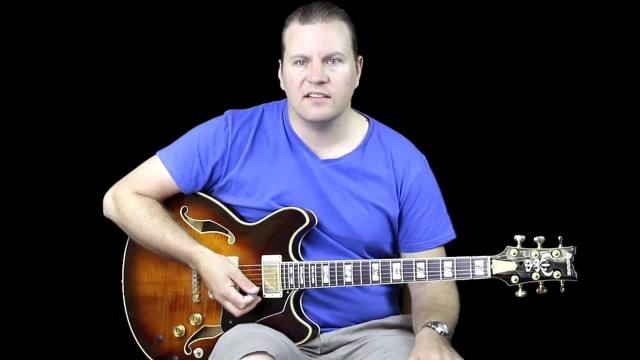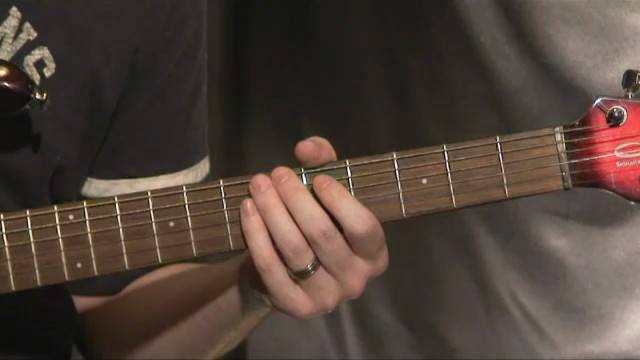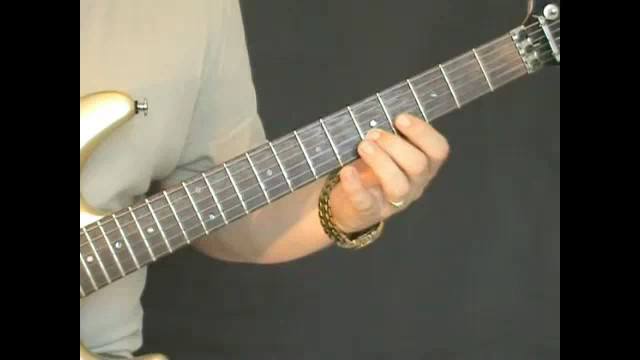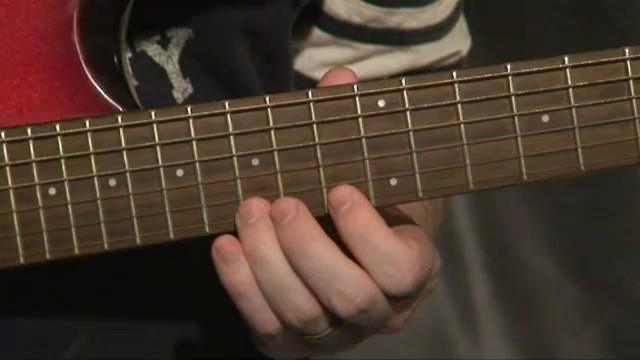Okay - so now we'll apply these ideas to an actual chord progression.
The progression in question is a minor blues in the key of C. You can see the chords below in the Tab with suggested voicings given. Feel free to substitute these for your own shapes.
The first three bars contain the chord Cm11 which is the II chord in the key of Bbmajor. Now, thinking back to our previous lesson on working out which m6 pentatonic to use you might remember that our m6 penatatonics always come from the 2nd degree in a key. Therefore, over the Cm11 chord we play Cm6 pentatonic! Easy so far!
In bar 4 we have a C7#9 which is just one example of a 7alt chord meaning a dominant 7 chord with either a b5/#5/b9/#9. I chose the #9 but any or all of these extensions could be in the chord. A 7alt or in this case 7#9 chord is built from the 7th degree of a melodic minor scale. C7#9 is built from the 7th degree of the Db melodic minor scale so we use a Dbm6 pentatonic scale over this chord.
The next chord is an Fm7 chord. I always treat this chord as a Dorian chord meaning it is chord II of Eb major. So we simply use Fm6 pentatonic over this chord.
The next new chord is Ab9#11. This is a lydian dominant chord and is chord IV of an Eb melodic minor scale. Therefore, we use Ebm6 pentatonic over this.
The final new chord is G7alt. This is chord VII of Ab melodic minor so we use an Abm6 pentatonic over this chord.
Now I'm sure you can see why you need to know these scales so well. It's a very different approach to playing one minor pentatonic over the whole progression and sounds a lot more sophisticated as you're really outlining the essence of each chord!
Have fun with this and try the backing track out at the end.
In the next video I demonstrate this approach by playing each m6 pentatonic scale over the progression followed by a brief improvisation using them.
See you next time and good luck!


